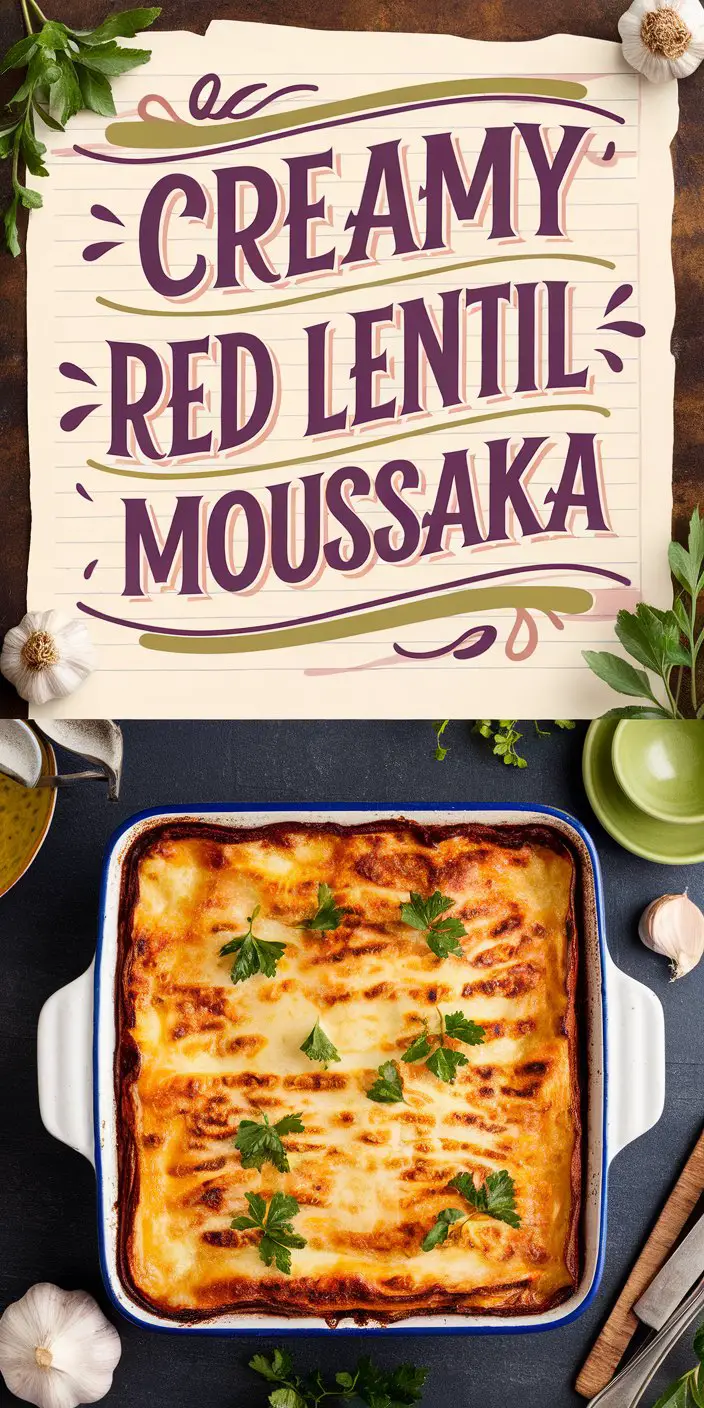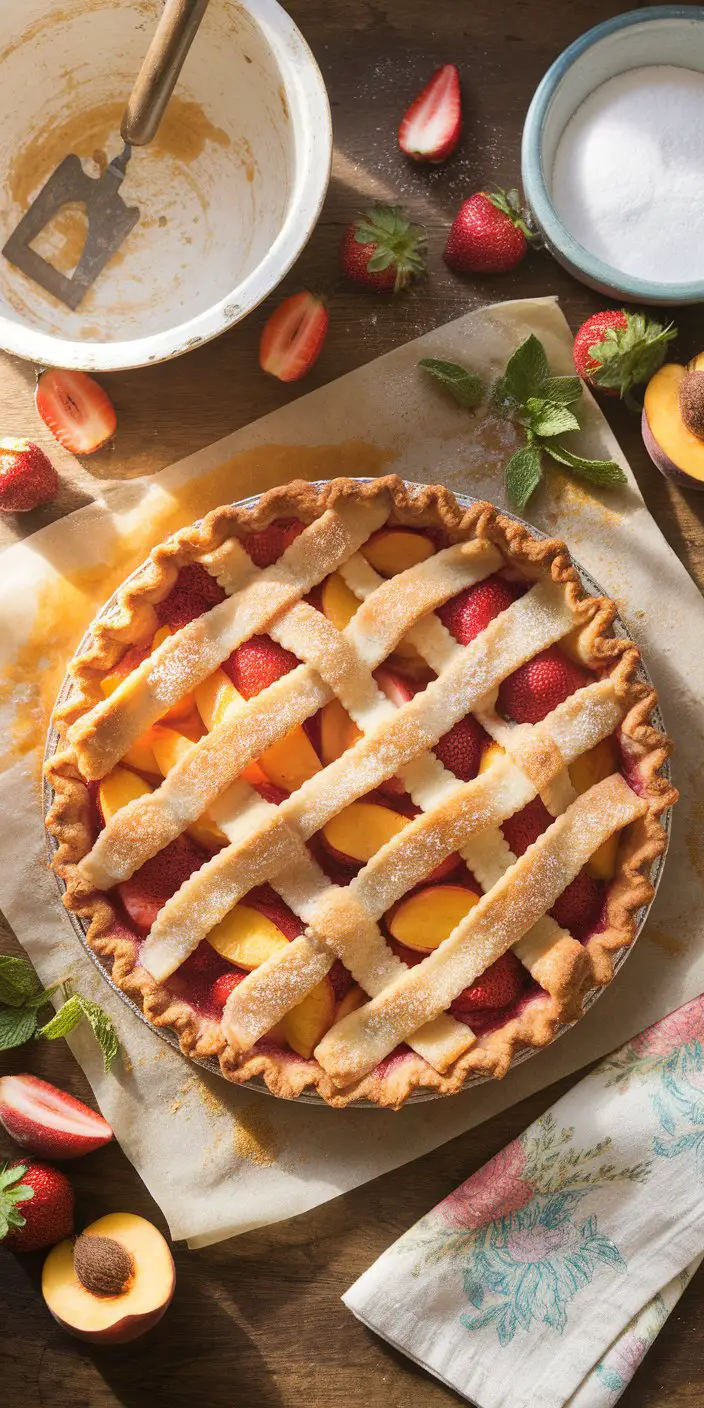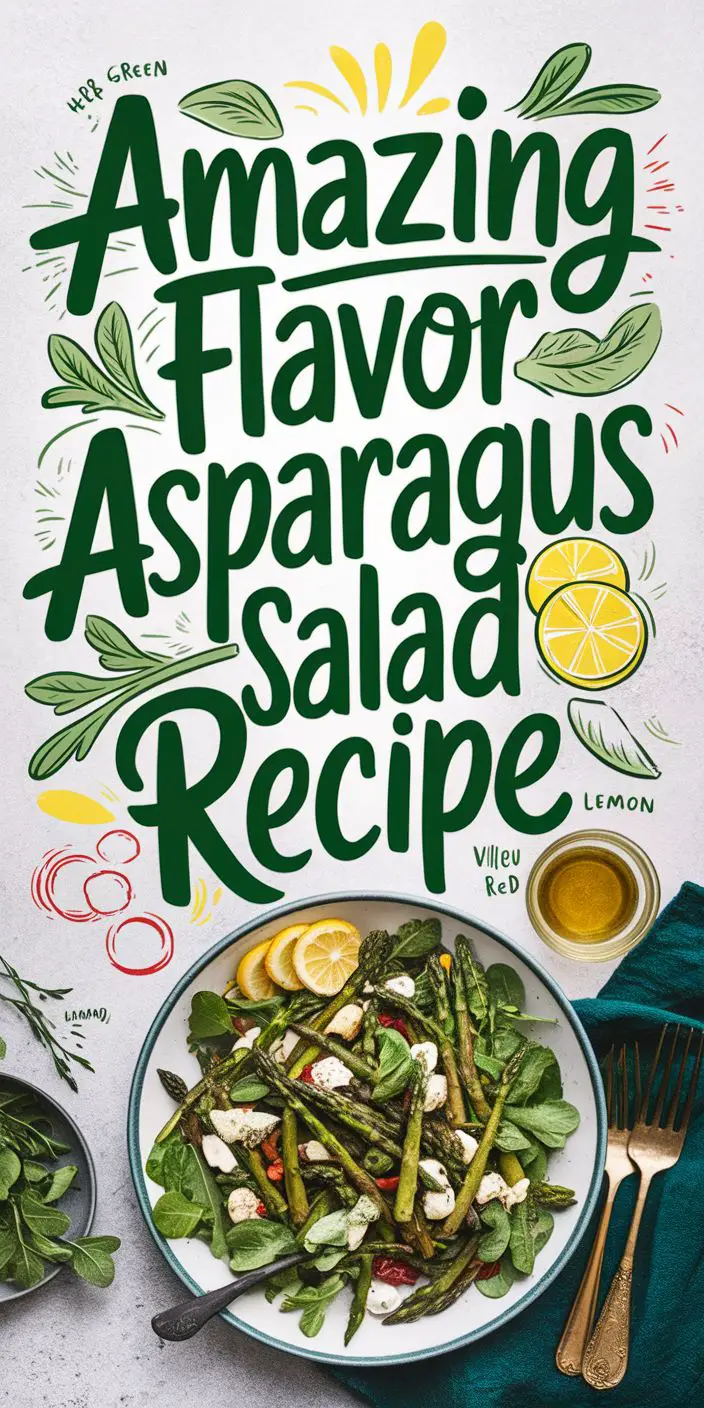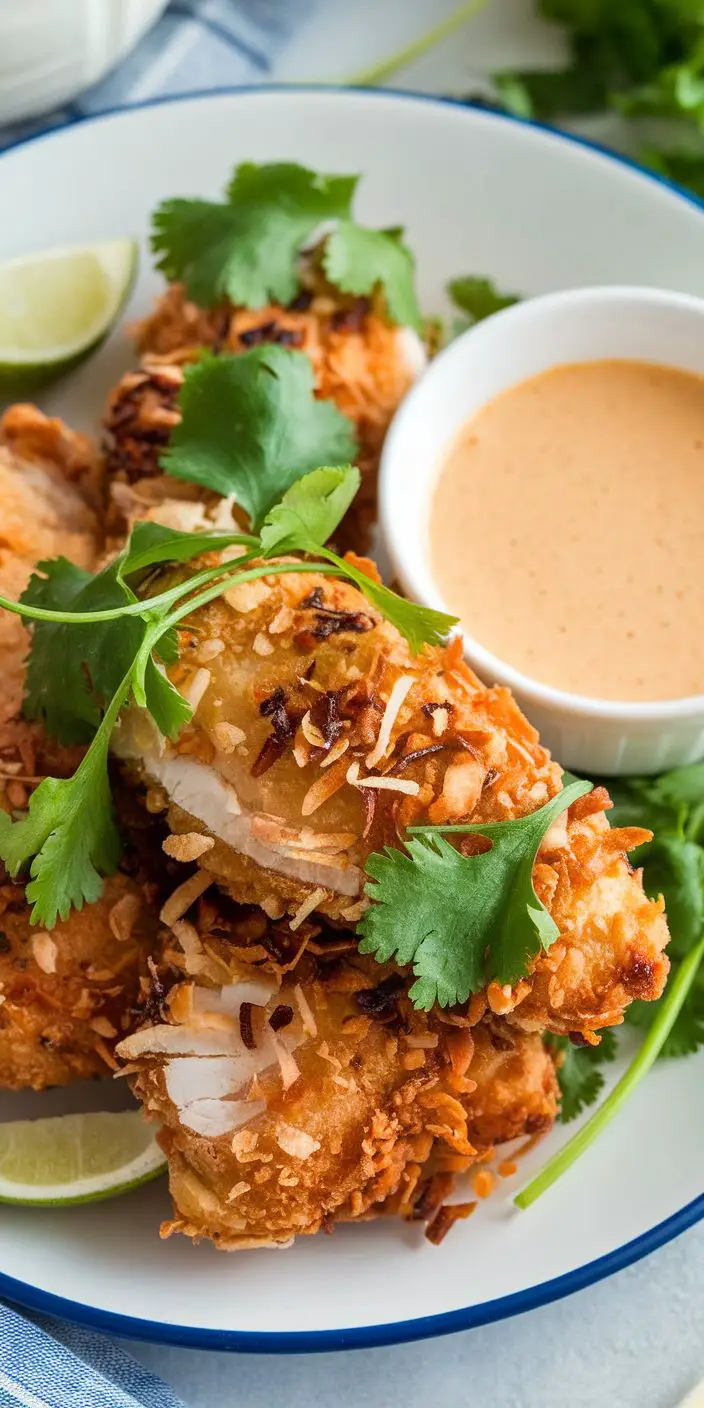How to Make Creamy Red Lentil Moussaka
Imagine layers of tender, olive-oil-kissed eggplant nestled under a luscious, velvety cheese sauce—no meat required. If you think moussaka is heavy, time-consuming, or off-limits for a plant-based diet, prepare to have your mind blown. In just a few easy steps (and less hands-on time than you’d expect), you’ll create a show-stopping dish that even carnivores will devour.











